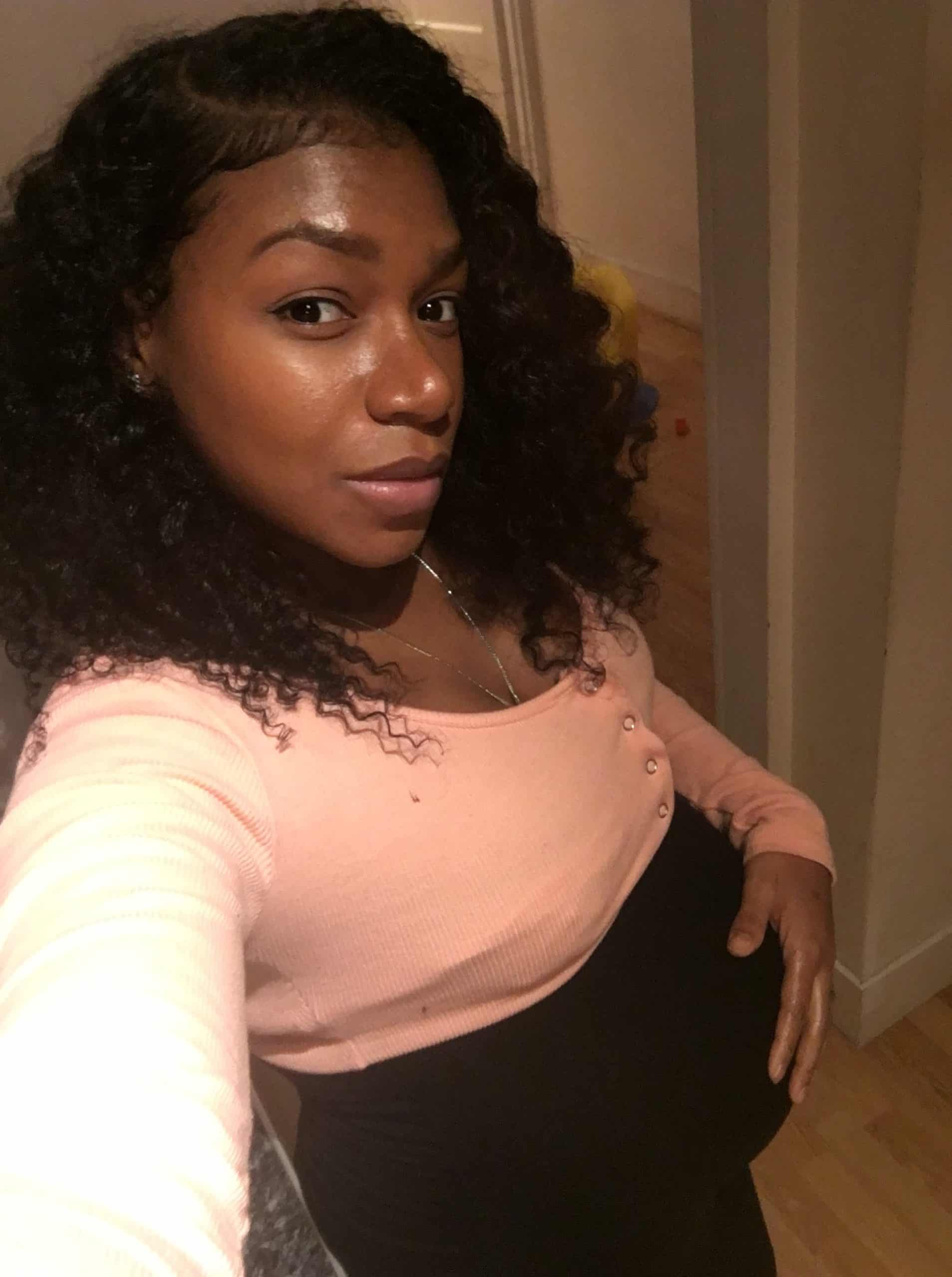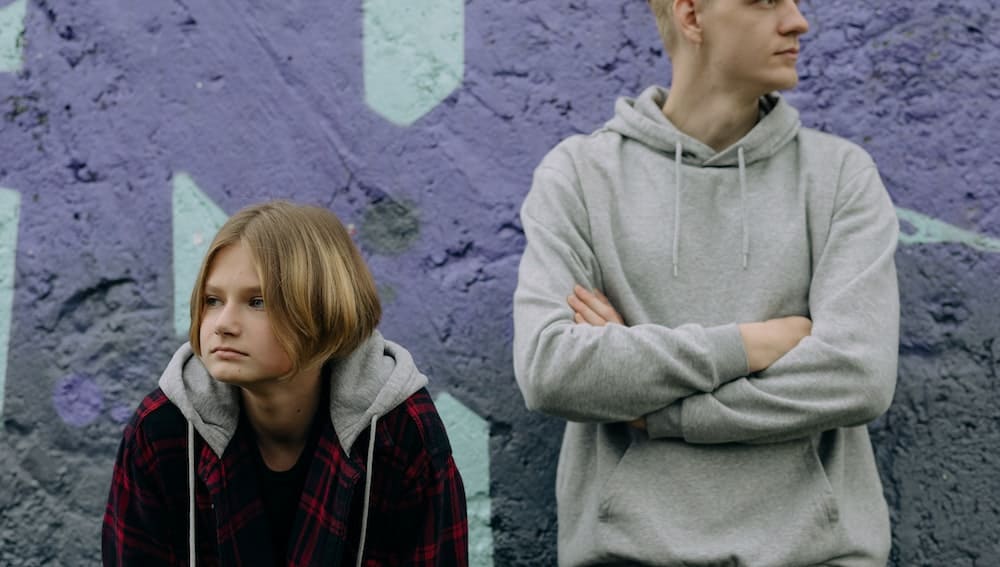Understanding family relationships can be a complex topic, especially when it comes to extended family. One common question that arises is, “What is my cousin’s kid to me?”
The answer to this question depends on the specific family relationship and the terminology used to describe it.
In basic family relationships, a cousin’s child is considered a first cousin once removed. This means that they are part of the same generation as your cousin, but one generation removed from you. For example, if your cousin has a child, that child is your first cousin once removed.
The concept of “removed” in family relationships can be confusing, but it simply refers to the number of generations between two relatives.
For example, your first cousin’s child is one generation removed from you, making them your first cousin once removed. Understanding these relationships can help you navigate family connections and understand how you are related to your extended family members.
Key Takeaways
- A cousin’s child is typically considered a first cousin once removed.
- The term “removed” refers to the number of generations between two relatives.
- Understanding family relationships can be complex, but it can help you navigate connections with extended family members.
Understanding Basic Family Relationships
Understanding basic family relationships can be confusing, especially when it comes to extended family members. Many people struggle to understand the difference between cousins, nieces, nephews, siblings, aunts, and uncles. In this section, we will provide a brief overview of these relationships.
Cousins: Cousins are the children of one’s parent’s siblings. This means that if your aunt or uncle has a child, that child is your cousin. There are different types of cousins, such as first cousins, second cousins, and so on, depending on how many generations separate them.
Niece/Nephew: Nieces and nephews are the children of one’s siblings. This means that if you have a brother or sister who has a child, that child is your niece or nephew.
Siblings: Siblings are people who share one or both parents. This means that if you have the same mother or father as someone else, that person is your sibling.
Aunts/Uncles: Aunts and uncles are the siblings of one’s parents. This means that if your mother or father has a brother or sister, that person is your aunt or uncle.
It’s important to note that these relationships can be further complicated by factors such as step-parents, half-siblings, and blended families. However, understanding these basic relationships can help make sense of more complex family dynamics.
In conclusion, understanding basic family relationships is essential for navigating family dynamics. Knowing the difference between cousins, nieces, nephews, siblings, aunts, and uncles can help clarify family connections and make it easier to communicate with extended family members.
The Concept of ‘Removed’ in Family Relationships
When it comes to family relationships, it can be difficult to understand the exact nature of the connection between two individuals. This is especially true when it comes to cousins and their children. The concept of ‘removed’ is often used to describe these relationships.
The term ‘removed’ is used to indicate the number of generations between two individuals in a family tree. For example, a first cousin once removed is the child of a first cousin. The ‘once removed’ indicates that there is a one-generation difference between the two individuals.
Similarly, a second cousin once removed is the child of a second cousin. The ‘once removed’ indicates that there is a one-generation difference between the two individuals, just as with first cousins once removed.
It is important to note that the term ‘removed’ can be used in either direction. For example, if someone is the first cousin of another person’s parent, they are also that person’s first cousin once removed.
The following table provides a quick reference guide for understanding the concept of ‘removed’ in family relationships:
| Relationship | Number of Generations |
|---|---|
| First Cousin | Same Generation |
| First Cousin Once Removed | One Generation Difference |
| Second Cousin | Two Generations Difference |
| Second Cousin Once Removed | Two Generations Difference + One Generation Difference |
| Third Cousin | Three Generations Difference |
| Third Cousin Once Removed | Three Generations Difference + One Generation Difference |
Understanding the concept of ‘removed’ can help individuals better understand their family relationships and the connections between different family members.
Deciphering Second and Third Cousins
When it comes to family relationships, things can get a bit confusing. One such relationship that can be difficult to understand is the second and third cousin. While they are not as close as first cousins, they are still considered to be part of the extended family.
A second cousin is the child of your parent’s cousin. This means that your second cousin shares great-grandparents with you. They are in the same generation as your first cousin once removed, but they are not as closely related.
A third cousin is the child of your parent’s second cousin. This means that your third cousin shares great-great-grandparents with you. They are even more distantly related than your second cousin.
It’s important to note that the terms “second cousin” and “third cousin” can be a bit confusing. Some people use these terms to refer to cousins who are twice or thrice removed, but this is not technically correct.
In general, second and third cousins are considered to be distant cousins. While they may not be as close as first cousins, they are still family and can be important connections.
Here are a few key points to keep in mind when it comes to second and third cousins:
- Second cousins share great-grandparents, while third cousins share great-great-grandparents.
- Second cousins are in the same generation as your first cousin once removed, while third cousins are even more distantly related.
- Second and third cousins are considered to be distant cousins, but they are still part of the extended family.
- While the terms “second cousin” and “third cousin” can be a bit confusing, they refer to specific relationships and should not be used to refer to cousins who are twice or thrice removed.
Overall, understanding second and third cousins can be a bit tricky, but it’s an important part of understanding your family tree and your place in it.
The Role of Generations in Family Connections
Generations play a vital role in family connections. The term “generation” refers to a group of individuals born and living around the same time.
The number of generations away from an individual determines the level of relatedness. For example, a cousin’s child is one generation away from the cousin and two generations away from the cousin’s aunt or uncle.
The generational gap between family members can affect their relationship. A generational gap refers to the differences in values, beliefs, and lifestyles between individuals of different generations. These differences can create misunderstandings and communication barriers.
However, by understanding and respecting each other’s differences, family members can bridge the generational gap and strengthen their connections.
Generational layers also play a role in family connections. The term “generational layers” refers to the different levels of generations within a family.
For example, a family with grandparents, parents, and children has three generational layers. Each layer has its own unique dynamics and relationships, which can affect the family’s overall connection.
In conclusion, generations, generational gap, and generational layers all play a crucial role in family connections. By understanding and respecting each other’s differences, family members can bridge the generational gap and strengthen their connections.
Importance of Common Ancestors
Understanding the concept of common ancestors is crucial in determining the relationship between two individuals. A common ancestor is a person who is related to two or more individuals by blood or marriage.
The closer the relationship between the common ancestor and the individuals, the closer the relationship between the individuals themselves.
For example, if two individuals share a common ancestor who is their grandparent, they are first cousins. If they share a common ancestor who is their great-grandparent, they are second cousins.
The degree of relationship between two individuals can be determined by counting the number of generations between them and their common ancestor.
Common ancestors play a significant role in genealogy and family history research. By tracing the lineage of a common ancestor, individuals can discover their family history and learn more about their ancestors.
This can be especially important for individuals who are interested in learning about their cultural heritage and ancestry.
In addition to genealogy research, understanding the concept of common ancestors can also be important in legal matters such as inheritance and property rights.
In some cases, the degree of relationship between individuals can determine their legal rights and obligations.
Overall, understanding the importance of common ancestors is essential in determining the relationship between two individuals and can provide valuable insights into family history and legal matters.
Extended Family and Its Significance
Extended family refers to a network of relatives beyond the nuclear family, including grandparents, aunts, uncles, cousins, and other distant relatives.
Although the nuclear family is the primary unit of family structure, the extended family plays a crucial role in shaping individuals’ lives and experiences.
Extended family members can provide emotional support, guidance, and a sense of belonging. They can also pass down family traditions and values, which can help to preserve a family’s cultural heritage.
For instance, family members may celebrate holidays and special occasions together, share recipes, stories, and memories, and participate in family rituals.
Furthermore, extended family members can help to create a sense of continuity and connectedness across generations. Family trees and genealogical records can help individuals to trace their ancestry and understand their place within the larger family network.
This can be especially important for individuals who have lost touch with their immediate family members or who have experienced a sense of disconnection from their cultural or ethnic heritage.
In conclusion, extended family plays a vital role in shaping individuals’ lives and experiences. Whether through emotional support, cultural heritage, or genealogical connections, extended family members can help individuals to feel a sense of belonging and connectedness that can last a lifetime.
Editorial choice: Other Names For Auntie
Genealogy and DNA in Understanding Family Relations
Genealogy and DNA are two important tools that can help individuals understand their family relations. Genealogy is the study of family history and lineage, while DNA testing can provide insight into genetic relationships.
Genealogy research involves tracing family trees and identifying ancestors. This can be done through various sources, such as birth and death certificates, census records, and family bibles. Genealogy research can help individuals understand their family’s history, culture, and traditions.
DNA testing, on the other hand, can provide insight into genetic relationships. DNA testing can determine if individuals are related and how closely they are related. This can be useful in determining family relationships, especially when traditional records are unavailable or incomplete.
There are different types of DNA tests that can be used to determine genetic relationships. These include Y-DNA testing, which is used to trace paternal lineage, and mitochondrial DNA testing, which is used to trace maternal lineage.
Autosomal DNA testing can also be used to determine relationships between individuals and can provide information about both maternal and paternal lineage.
In conclusion, genealogy and DNA testing can provide valuable information about family relationships. By combining genealogy research and DNA testing, individuals can gain a better understanding of their family history and genetic connections.
Cultural and Linguistic Differences in Family Terminologies
Family terminologies can vary greatly across cultures and languages, leading to confusion and misunderstandings when trying to describe familial relationships.
In English, the term “cousin” is commonly used to refer to the child of one’s aunt or uncle. However, in other languages and cultures, there may be different terms used to describe this relationship.
For example, in some cultures, the term for “cousin” may be the same as the term for “sibling,” while in others, there may be different terms depending on whether the cousin is on the maternal or paternal side of the family. This can lead to confusion when trying to describe familial relationships across cultures.
In addition to linguistic differences, there may also be cultural differences in how familial relationships are perceived. For example, in some cultures, blood relation is considered the most important factor in determining familial relationships, while in others, marriage ties may be given more weight.
Furthermore, the use of terms like “granduncle” can also vary across cultures and languages. In English, this term is used to refer to the uncle of one’s parent, but in other languages, there may be different terms used to describe this relationship.
Overall, it is important to be aware of these cultural and linguistic differences in family terminologies in order to avoid confusion and misunderstandings when communicating across cultures.
Related: Nieces and Nephews Quotations
Frequently Asked Questions
What do I call my cousin’s child?
Your cousin’s child is your first cousin once removed. You can refer to them by their name or simply as your cousin’s child. Some families also use terms like “cousin-in-law” or “cousin-once-removed” to refer to this relationship.
If my cousin has a kid am I an uncle?
No, you are not an uncle if your cousin has a child. You are their first cousin once removed. The term “uncle” is reserved for siblings of one’s parents.
Who is my 2nd cousin?
Your second cousin is the child of your parent’s first cousin. In other words, your grandparent and your second cousin’s grandparent are siblings.
What is my first cousin once removed child to me?
Your first cousin once removed’s child is your second cousin. This is because your first cousin once removed is the child of your first cousin, making their child your second cousin.
What is a second cousin once removed?
A second cousin once removed is the child of your second cousin or the child of your first cousin once removed. This relationship is one step further removed than a first cousin once removed.
What is my parents cousin to me?
Your parent’s cousin is your first cousin once removed. They are the child of your grandparent’s sibling.
Related Post: Can I Stop My Ex New Girlfriend from Seeing My Child

Iesha is a loving mother of 2 beautiful children. She’s an active parent who enjoys indoor and outdoor adventures with her family. Her mission is to share practical and realistic parenting advice to help the parenting community becoming stronger.



